What are the problems of solar energy?
Contents
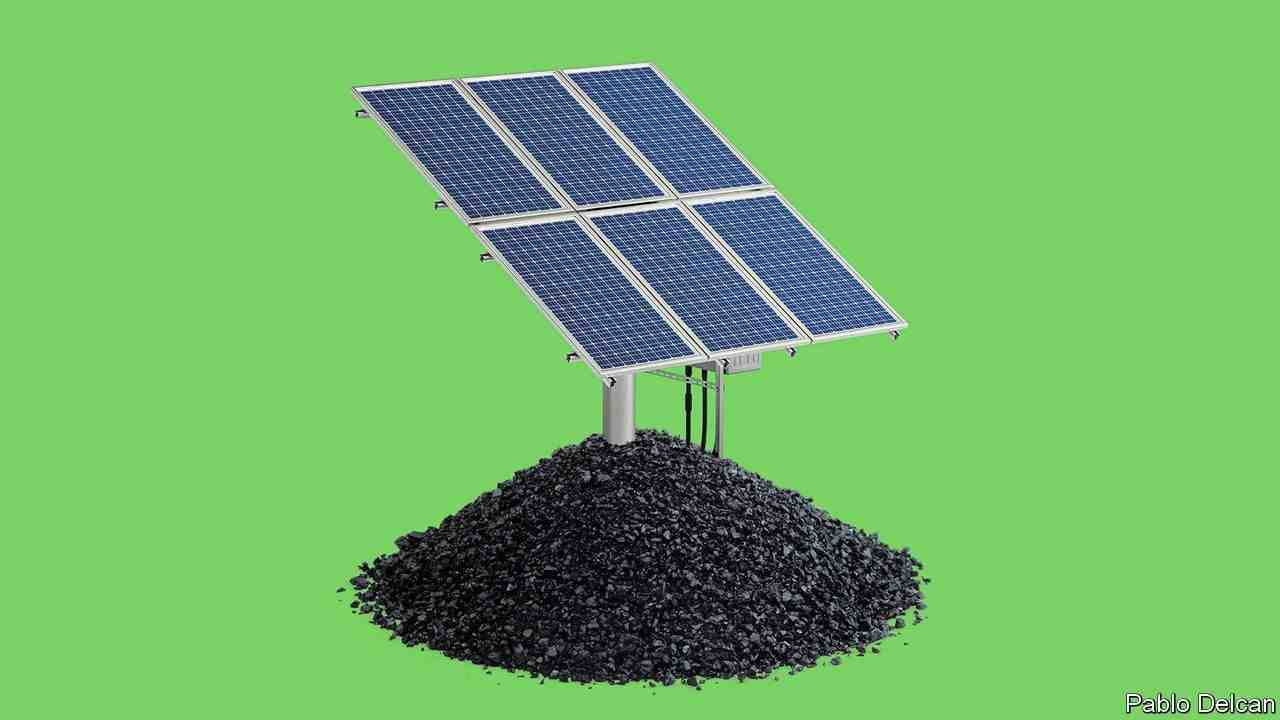
What Are the Disadvantages of Solar Energy (and the Environment)?
- Location & Availability of Sunshine.
- Solar panels use up a lot of space.
- The sun is not always present.
- Inefficient Solar Energy.
- There is a neglected Pollution & Environmental Impact.
- Energy Storage is Expensive.
- High Initial Cost.
What are the 4 disadvantages of solar energy? High initial costs for materials and installation and long ROI (however, with the reduction of solar costs over the last 10 years, diesel is becoming more cost-effective every day) Takes up a lot of space as efficiency is not yet 100%. There is no solar power at night so a large battery bank is required.
What are the problem of solar power?
Lack of Solar Energy One of the biggest problems posed by solar energy technology is that energy is only produced when the sun is shining. That means evenings and cloudy days can disrupt supply.
What are two disadvantages of wind energy?
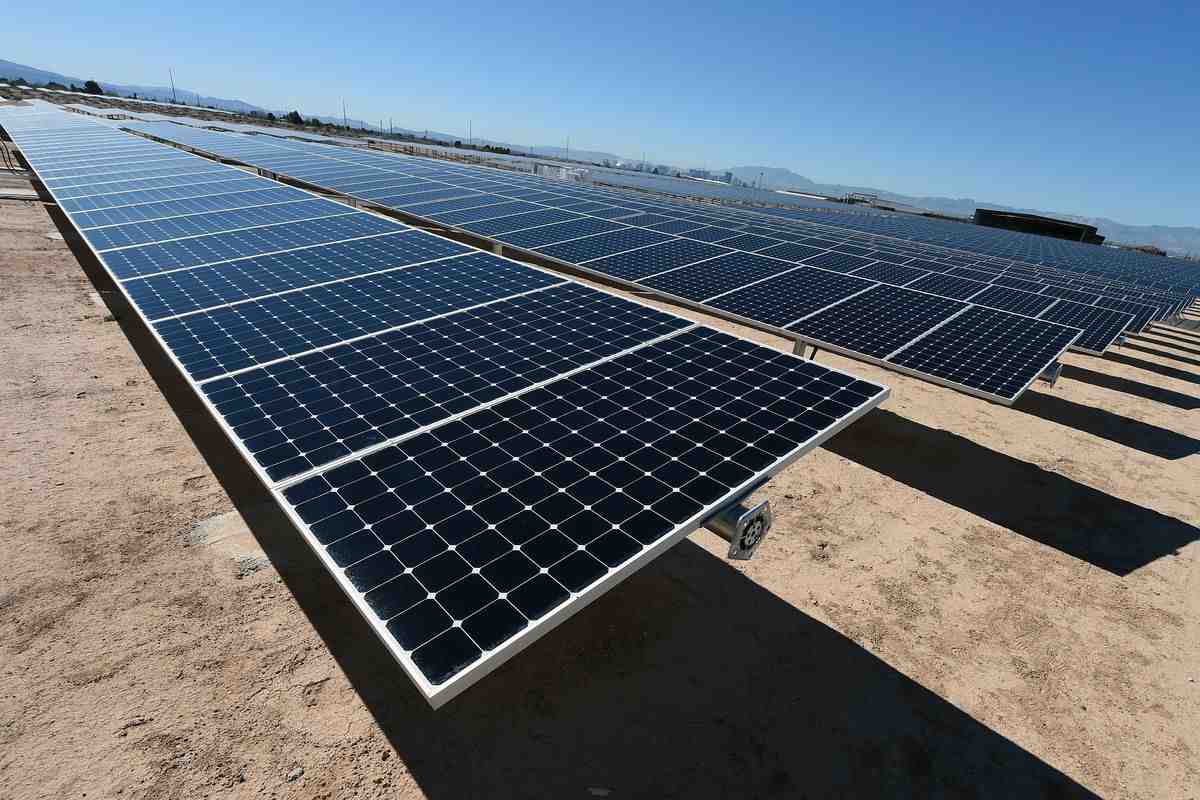
Although wind power generation has a relatively small impact on the environment compared to conventional power generation, there are concerns over the noise generated by the turbine blades and the visual impact on the landscape. Wind plants can have an impact on local wildlife. Birds have been killed by flying into the rotating turbine blades.
What are the main disadvantages of solar and wind energy?
What are two disadvantages of solar cells?
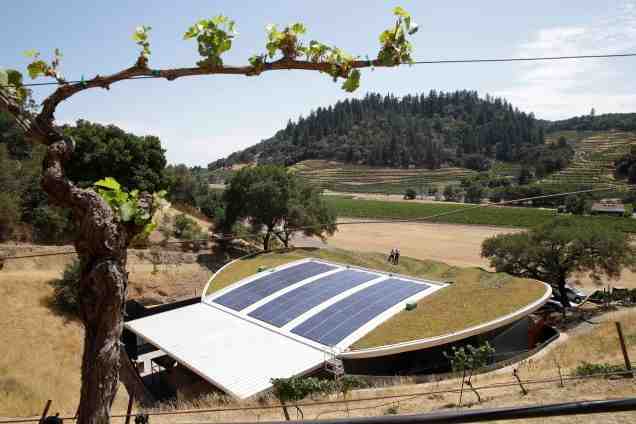
Disadvantages or Disadvantages of Solar Cell â€Cannot be used if there is no light from any source. â€This incurs a very high initial cost for installation. “During cloudy weather, less power is generated. “A very large geographic area is required to install solar panels or cells.
What are the 2 main disadvantages of solar energy? However, solar energy still has significant drawbacks that we should be aware of. The 2 main drawbacks of solar energy are the dependence on weather conditions and the inability to store electricity. Solar energy output is mostly dependent on direct sunlight.
What are the two advantages and disadvantages of solar cells?
(i) Solar cells convert direct solar radiation into electricity. (ii) Solar cells are cost-effective especially in remote areas where the cost of installing other energy modes is very high. (iii) Solar cells have no moving parts and therefore do not require maintenance.
What negative effects does solar energy have on the environment?
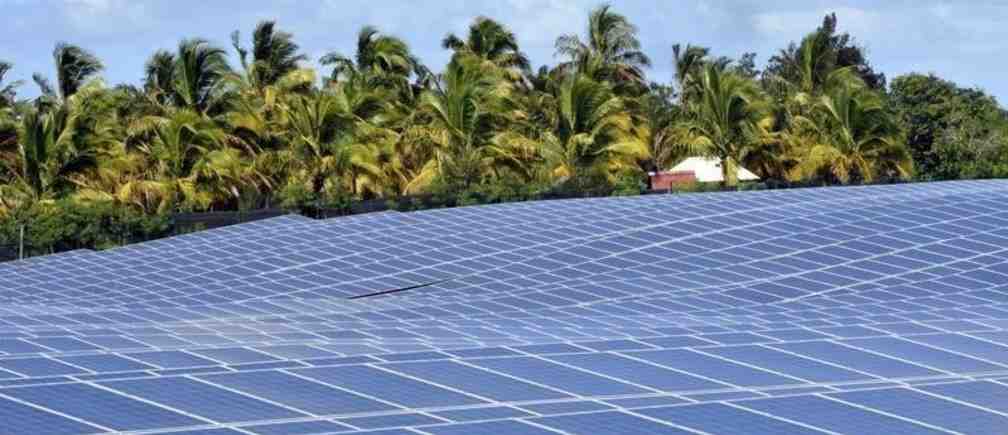
Environmental losses from solar energy include habitat loss, land use change, strain on water resources, exposure to hazardous materials, and pollution of soil, air, and water resources.
What is the negative impact of solar energy on the environment? The environmental impacts associated with solar power are the use and pollution of soil and water, loss of habitat, and the use of highly hazardous materials in manufacturing processes.
What are the disadvantages and advantages of solar cooker?
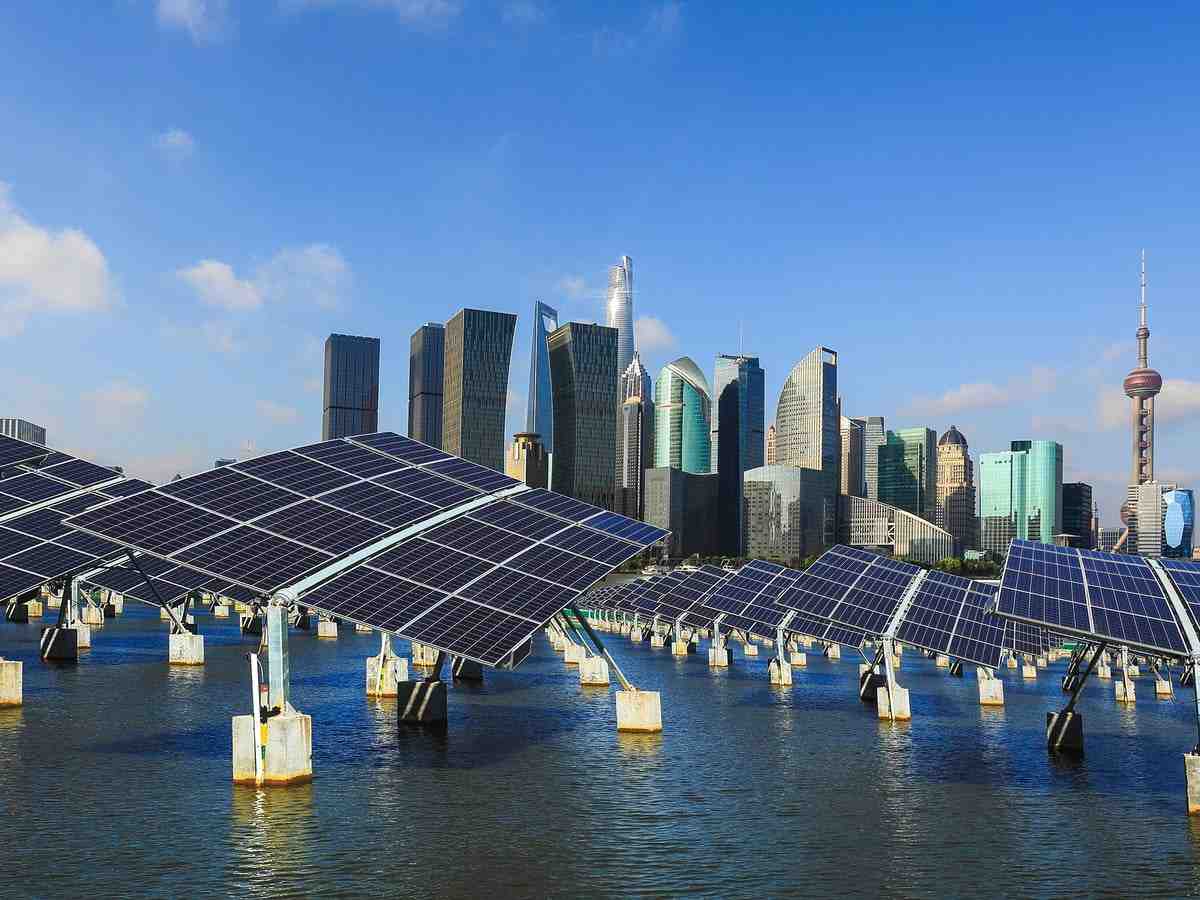
Advantages of solar cookers: (1) No fuel costs. (2) Eco-friendly and no residue like ash etc. (3) Cooking is hygienic and nutritious. Disadvantages of solar cookers: (1) Cooking is slow.
How much does a solar cooker cost? How about cooking with solar power? A solar cooker costs about $200. In the example above, the solar cooker will pay off within a year! Solar cooking is by far the most cost-effective way to “be solar.”
What is the principle of solar cooker name two types of solar cooker?
Solar cookers work on the principle that sunlight warms the pan, which is used to cook food. Now, the heating of this pot occurs by converting light energy into heat energy. Concave mirrors are used in this type of stove because they reflect sunlight to a single focal point.
What is the principle of solar cooker give two limitations and two advantages of solar cooker?
1) Because we can maintain better indoor air quality and reduce the amount of carbon monoxide emissions, solar cookers are environmentally friendly. 2) We can reduce our dependence on electricity, and cook gas by using solar cookers. The generator is almost entirely automatic, requiring no fuel .
What is the principle of solar cooker name two type of solar cooker?
Sunlight is converted into heat energy which is stored for cooking. The solar cooker uses the simple principles of reflection, concentration, absorption and the greenhouse effect to convert sunlight into heat energy. 1. Direct Type: Use multiple solar energy concentrators to focus sunlight onto an area.
What are three major problems with solar energy?
The potential environmental impacts associated with solar power–land use and habitat loss, water use, and use of hazardous materials in manufacturing—can vary greatly depending on the technology, covering two broad categories: photovoltaic (PV) solar cells or centralized generation solar heat (CSP).
What’s the problem with solar energy? The only environmental drawback of solar technology is that it contains many of the same hazardous materials as electronics. As solar becomes a more popular energy source, the issue of hazardous waste disposal becomes an additional challenge.
What are 2/3 disadvantages of solar energy?
On the other hand, the main disadvantages of solar energy include not working for every roof, not ideal if you are moving, upfront costs can be expensive, savings can be low if your electricity bill is low. , and finding a local installer can be difficult.
Why solar energy is bad for the environment?
Solar panels consist of photovoltaic (PV) cells that convert sunlight into electricity. When these panels enter landfills, valuable resources are wasted. And because solar panels contain toxic materials such as lead that can dissolve when damaged, stockpiling also creates new environmental hazards.